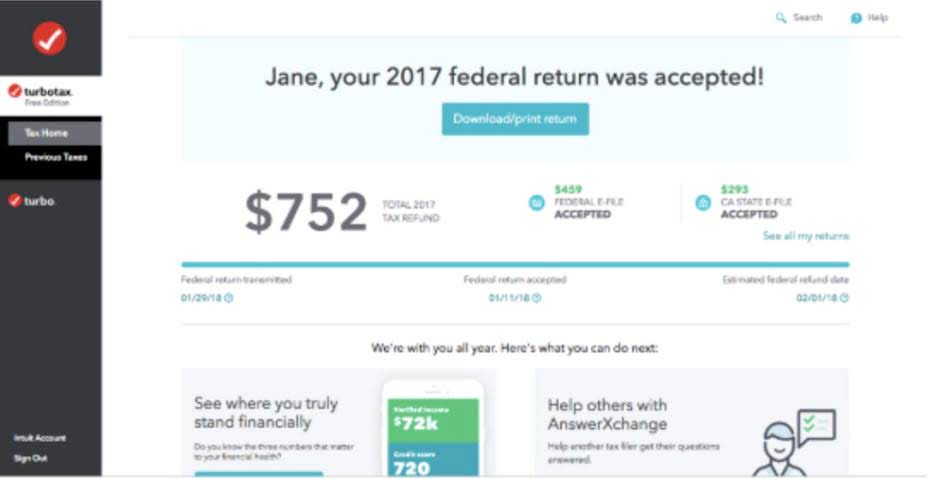
However, it can be used to settle any dispute between the buyer and the seller. If the buyer refuses to make payments due to misinterpretation of information, the legal contract status of the document protects/defends the seller. Before a purchase order leaves the purchasing department of a company and goes to the suppliers, it must be approved by the company. Buyers should carefully communicate their requests to suppliers to avoid any form of confusion on any side. The document contains every detail about the type and quantity of items ordered.
- Purchase orders are most commonly used by businesses whenever they must purchase supplies or inventory on an account to fulfill their customers’ demands.
- This process of comparing the invoice and PO is called purchase order matching.
- This process typically begins with identifying a need and creating a purchase requisition.
- Any purchase order in construction that is filled out in detail, is going to be approved much faster than those that are missing pertinent information.
- As you can see, you have the option of adding multiple products, so there’s no need to create different purchase orders per product.
- Once your teams begin submitting purchase requisitions, the approver can also easily identify purchasing patterns.
Seller creates an invoice
This is because the process of managing the details on POs can be automated, thereby saving resources and allowing employees to how does a purchase order work focus on other areas. For example, they might not have the items in stock that a buyer needs. Purchase orders schedule when deliveries need to be made, so by sending them to a vendor in advance, they can ensure your purchase arrives on time. Tracking packages is also easier since it streamlines the process at different shipping stages. Overall, purchase orders help automate the purchasing process, ensuring nothing falls between the cracks.

What is a Purchase Order? – Definition, Types, Examples – Overview
Creating a blanket PO reduces the need to submit new purchase orders for each transaction, which can be particularly useful for recurring purchases. The Accounting for Technology Companies evaluation cycle also includes supplier onboarding, offboarding, and general contract management. While payment to the supplier is the end of the transaction, in high-performing procurement organizations, it’s not the end of the procurement process. Data from each transaction and each supplier is maintained in a system so suppliers can be evaluated.

Common challenges in the purchase order process

A blanket purchase order usually contains the purchase order terms and conditions, a list of items to be purchased, discounts, and pricing details. It does not include delivery dates and delivery locations for the whole purchase order. This type of purchase order presents the safest legal protection for both parties involved. The purpose of contract purchase orders is to establish an agreement between both parties. A common misperception is that a purchase order document is only used for record-keeping.


Below are the steps that take place before, during, and after the purchase order process. These statements report your business’s receipts and cash outflows for a set period of time and can help you make better decisions about how you spend your money. Whether you’re a small mom-and-pop shop or a large corporation, keeping track of inventory and managing purchases can be confusing. Standard purchase orders outline an order a customer is making from a vendor. For example, what are retained earnings sometimes, they might not have the items in stock that a buyer needs.
- A PO should have all relevant delivery information as well as a precise description, quantity, price, and payment conditions.
- POs are evidence of a placed order, but they can also act as a “shopping list” to help sellers determine if they have the right products in stock.
- Thankfully, technology has come quite far in recent years, and purchase orders in construction can now be saved and stored online.
- Upon receiving the PO, the supplier will review the request and either accept, propose changes, or reject the terms.
- A work order (WO) includes the actual documents a business uses to ensure a project is completed, listing exactly how and when everything needs to be done.
- PO document establishes terms of payment and showcases the business’s commitment and intent to pay for the specific products.


